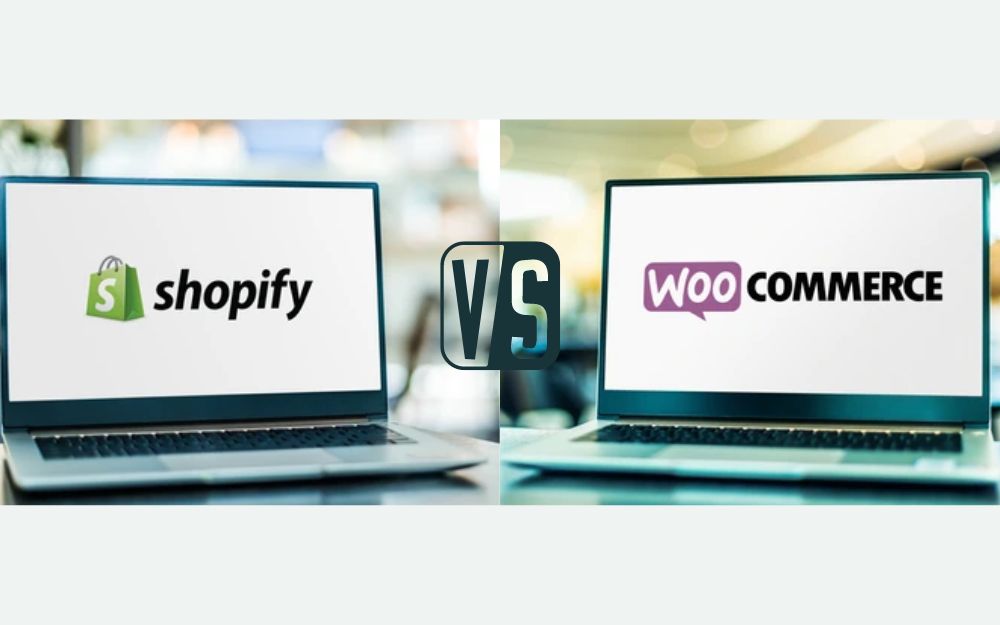Shopify vs WooCommerce 2024: Ultimate Comparison Guide
When it comes to setting up an online store, two major platforms stand out: Shopify and WooCommerce. Each has its own strengths and weaknesses, making the choice dependent on your specific needs and goals. This guide will help you understand the key differences to make an informed decision.
Ease of Use
Shopify is renowned for its user-friendly interface, making it ideal for beginners. It offers a guided setup process and an intuitive dashboard that simplifies the management of your store. You don’t need any technical skills to get started with Shopify, making it an excellent choice for those who want a quick and easy setup (Website Builder Expert) (Elementor).
WooCommerce, on the other hand, is a plugin for WordPress, which means it requires a bit more technical know-how. While it’s not overly complicated, you will need to handle hosting, security, and maintenance. However, if you’re already familiar with WordPress, WooCommerce integrates seamlessly and offers extensive customization options (Influence Agency) (Cloudways).
Cost
Shopify has straightforward pricing with plans ranging from $29 to $299 per month. These plans include hosting, security, and updates, but you might incur additional costs for premium themes and apps. Shopify also offers a free trial and a $1 for the first month’s plan, making it easy to test out (Website Builder Expert) (Influence Agency).
WooCommerce is free to install, but you will need to pay for hosting, a domain name, and possibly premium themes and plugins. While the initial setup might appear cheaper, the costs can add up depending on the extensions and hosting services you choose (First Pier).
Customization and Flexibility
WooCommerce shines in terms of customization. It offers thousands of themes and plugins, allowing you to tailor your store to your exact specifications. Whether it’s SEO optimization, advanced analytics, or unique payment gateways, WooCommerce provides a solution (Elementor) (First Pier).
Shopify, although less flexible than WooCommerce, offers a range of themes and a powerful app store with over 4,000 apps. These apps can enhance functionality but may come with additional costs. For deeper customization, Shopify uses Liquid, its templating language, which might require some coding knowledge (Elementor) (First Pier).
SEO and Marketing
WooCommerce benefits from WordPress’s robust SEO capabilities. You have complete control over your SEO settings and can use powerful plugins like Yoast SEO to optimize your store. This makes WooCommerce a strong contender for businesses looking to maximize their organic search visibility (First Pier) (Cloudways).
Shopify also offers solid SEO features, including customizable meta tags and alt texts. It integrates well with various marketing tools like Mailchimp and Google Analytics, helping you streamline your marketing efforts. However, for advanced SEO, WooCommerce has a slight edge (Influence Agency) (Cloudways).
Payment Options
Shopify provides its own payment gateway, Shopify Payments, which simplifies the payment process but charges extra fees for using third-party gateways. This can increase costs if you prefer alternative payment methods (Website Builder Expert) (Cloudways).
WooCommerce offers more flexibility with payment gateways, supporting various options without additional fees. This makes it easier to cater to international customers and use payment methods like cryptocurrency (Elementor) (Cloudways).
Conclusion
Choosing between Shopify and WooCommerce depends on your specific needs and technical expertise. If you prioritize ease of use and a hassle-free setup, Shopify is the way to go. However, if you value flexibility and control, and are comfortable with a more hands-on approach, WooCommerce offers unmatched customization.
For more detailed information and resources, visit Website Builder Expert, Elementor, and The Influence Agency.

Free Assessment
Discover in just 30 minutes how our tailored social media and digital marketing strategies can elevate your brand awareness, synchronize your marketing and sales efforts, and reliably generate new leads, customers, and revenue streams.




